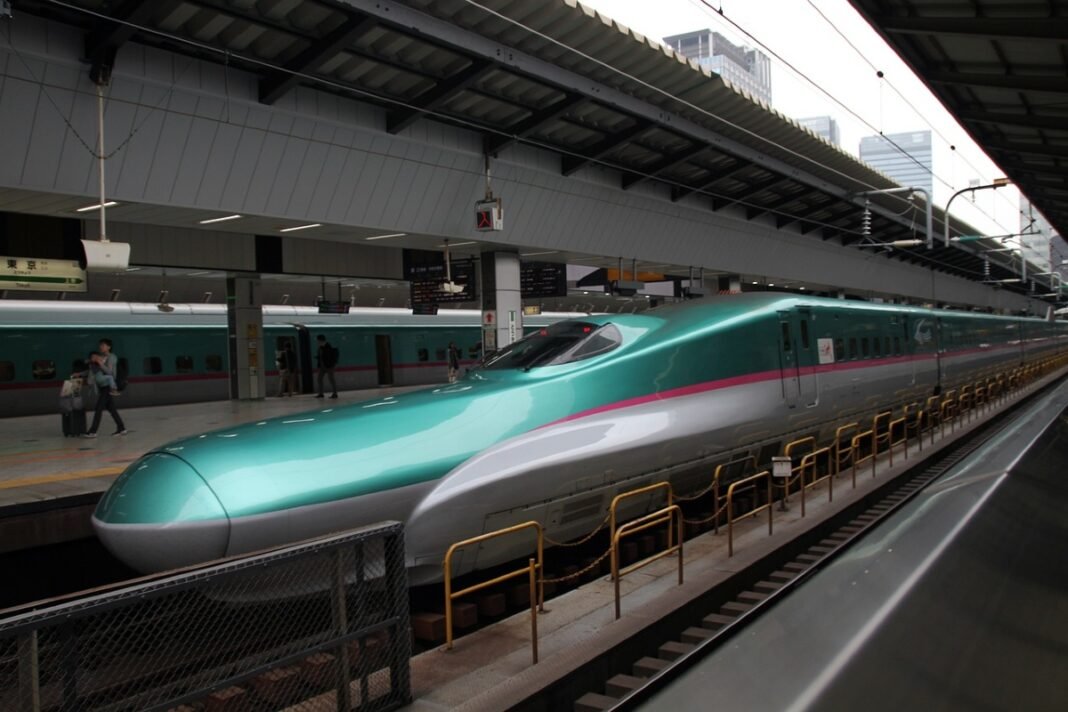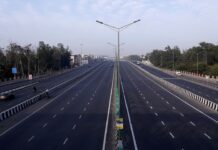The completion of the second steel bridge out of 28 planned for the Mumbai-Ahmedabad High-Speed Rail Corridor represents a significant milestone in the development of this transformative project. This 100-meter steel bridge, strategically located over the Vadodara-Ahmedabad main line near Nadiad in Gujarat, is a testament to the collaboration between Japanese expertise and India’s ‘Make-in-India’ initiative.
The successful installation of this steel bridge follows the construction of the first bridge across National Highway 53 in Surat, Gujarat. Weighing an impressive 1486 metric tonnes, this bridge was meticulously assembled in a workshop located in Bhuj district, Gujarat, approximately 310 km from its final installation site. A key feature of this bridge is its 63-meter launching nose, weighing around 430 MT, which was specifically designed to facilitate its installation over the busy railway tracks.
The installation process was executed with precision, necessitating a complete traffic and power block on the existing railway lines to ensure the safety and accuracy of the operation. The bridge was elevated to a height of 15.5 meters using temporary trestles and then pulled into place using an automated system comprising two 180 MT capacity jacks.
Quality and safety were paramount throughout the project. Every steel batch used in the bridge underwent rigorous Ultrasonic Testing (UT) at the manufacturer’s premises to ensure structural integrity. Additionally, the bridge’s construction adhered to Japan’s C-5 Painting system standards, involving sophisticated procedures such as cutting, drilling, welding, and a unique five-layered painting process.
This project introduces several innovative techniques to Indian railway construction, including the use of Tor Shear Type High Strength Bolts (TTHSB) for joining steel members, a technique being used for the first time in Indian railway projects. This comprehensive approach ensures the durability and safety required for the high-speed demands of the bullet train corridor.
With this steel bridge being the second of the 28 planned for the corridor, India is poised to enhance its transportation architecture and strengthen its global position in high-speed rail technology. The Mumbai-Ahmedabad High-Speed Rail (MAHSR) corridor, once operational, is expected to operate at speeds of up to 320 kmph, further underscoring India’s commitment to advancing its rail infrastructure.





